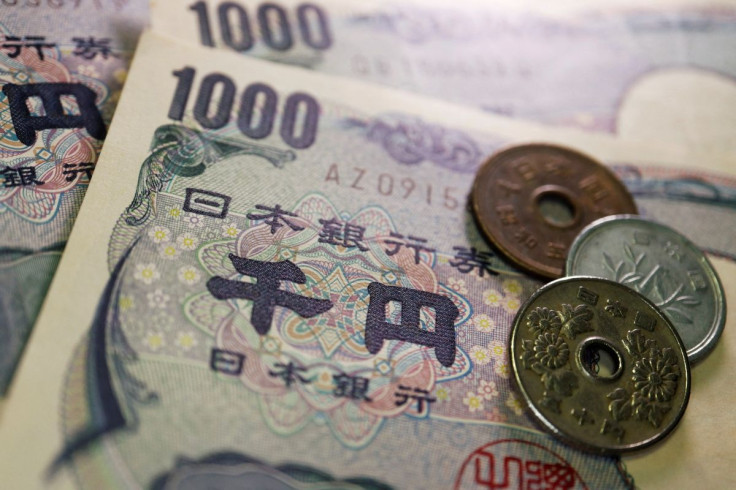The Weak Yen Could Push Japan Further Into Stagnation
Japan is still trying to export its way out of stagnation by devaluing the yen, but it won't work.
On the contrary, it may worsen the situation, as Japan is dependent on commodity imports to grow its economy.
Last week, the Bank of Japan reaffirmed its free money policy. It kept short-term rates at -0.1% and long-term interest rates close to zero, meaning that the nation's central bank will continue aggressively purchasing long-term and short-term securities.
Japan's reaffirming of the free money policy is counter to other major economies' policies. For instance, the Bank of England has already raised interest rates for the fifth time. The Federal Reserve has followed suit, getting more hawkish with each interest rate hike. And the European Central Bank ECB has pre-announced interest rate hikes effective July first.
The reason for this divergence in Japan's policy is that, unlike the US and the eurozone, Japan doesn't face a serious inflation problem. The Japanese Consumer Price Index (CPI) rose at an annual rate of 2.5% in May, compared to 8.7% in the US and 8.1% in the eurozone. However, Japan is facing a different problem: a three decades long-stagnant economic growth.
To fight economic stagnation, Japan has launched unprecedented and unconventional monetary measures. First, it drove short-term interest rates to near zero, making borrowing in the money market free. Second, it invented Quantitative Easing (QE) by having the Bank of Japan purchase long-term securities, driving long-term interest rates near zero.
How would that help the country get out of stagnation? In a couple of ways. One is by supporting its equity market, which has been the worst performing market among developed countries. The benchmark Nikkei average is trading near 26,000, well below the 39,000-mark it was trading more than three decades ago.
Second, through "financial repression," providing free money to the Japanese government, which launched an unprecedented fiscal package, too. It built bridges and roads everywhere and nowhere to "stimulate" the economy. That's how Japan turned among the world's most indebted countries, with the debt to GDP ratio standing around 260%.
Third, it weakened the yen to collapse, making Japanese products less expensive to foreign markets, especially in America and Europe, the country's two largest overseas markets.
In the past, these measures positively affected the Japanese economy. But they weren't sufficient to pull it out of stagnation for a simple reason: the country's problems are structural, mainly teeming from unfavorable demographics and an ailing banking system, which Tokyo has yet to address.
Nowadays, when energy and raw material prices are skyrocketing, these measures could hurt rather than help the country's growth — for instance, weakening the yen raises the value of imports more than it raises the value of exports dampening GDP growth, as recent data confirm. In the first quarter of 2022, net exports — the difference between exports and imports — contributed negatively to the GDP due to a sharp rise in imports following the weak yen and soaring prices of raw and energy materials.

© Copyright IBTimes 2024. All rights reserved.






















